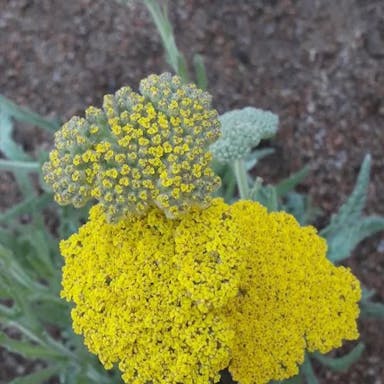Fragrant orchid, scientifically known as Anacamptis coriophora, is a species of orchid native to Europe, Western Asia, and North Africa. Two sentences break. Overall, Anacamptis coriophora is relatively easy to grow and maintain, making it a popular choice. The orchid species generally reaches a height of 20-50 cm and thrives in well-drained soil and partial sunlight. This orchid species is classified as a terrestrial plant, meaning it grows in the ground rather than on other plants or trees. Anacamptis coriophora is known for its symbolic meanings of beauty, elegance, and grace. It produces small, capsule-like fruits containing numerous tiny seeds. The flowers of Anacamptis coriophora are typically pink to purple in color, with a distinctive three-lobed lip.
0
0












